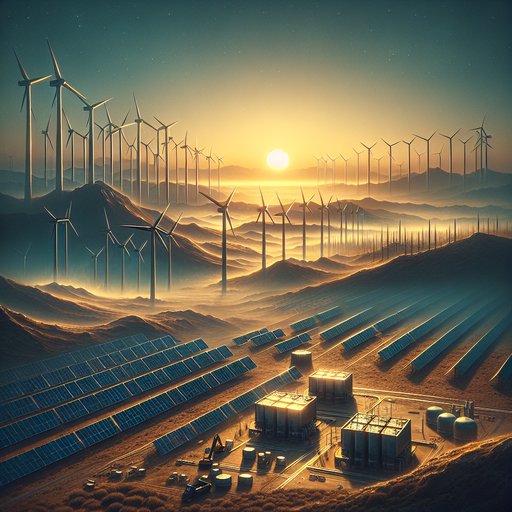
Cloning no longer lives only in speculative fiction or in the sepia-toned memory of Dolly the sheep; it is a service some people buy with a credit card, a conservation tool unsealing old DNA to save endangered species, and a research method redefining what counts as kin. In labs across the globe, technicians are turning biopsies into newborn animals and patient cells into experimental tissues. The science is imperfect and the costs are high, but the applications keep multiplying while the public conversation struggles to keep pace. Cloning, today, is less about miracle leaps than about increments—the everyday normalization of making genetically matched life—and the ethical questions it raises are not theoretical. They arrive in living rooms, barns, and policy hearings already breathing.

In a windowless room behind a pediatric cardiac ward, a machine draws filaments of shimmering, cell-rich gel into patterns that look like frost on glass, building a sliver of living tissue the color of a dawn bruise. It is not a heart, not yet, but it might strengthen one: an engineered patch for a child whose next birthday was never guaranteed. Down the hall, a researcher scrolls through a design that treats tissues as cities and capillaries as streets, while halfway around the world, a fermentation tank the size of a bus churns out the proteins that make the gel possible. Organ printing and synthetic biology are edging from promise to practice, changing how we treat disease and grow food, and quietly redrawing the boundaries of what a body is allowed to be.

In a quiet infusion suite, a nurse checks a drip that represents decades of tinkering with the code of life. Gene editing has long promised revolutions; this year, it starts to keep that promise in public. With the first CRISPR-based therapy approved for a genetic blood disorder and early human data from in vivo edits that dial down disease drivers, the field is no longer a hypothesis racing mice in fluorescent-lit rooms. It is a calendar of appointments, a ledger of costs, a policy debate that stretches from agriculture ministries to bioethics councils. As the tools grow more precise and delivery gets smarter, the question shifts from “Can we edit?” to “How, for whom, and at what price?”

At dawn, when the desert is still a shade of blue and the air tastes like metal, a row of solar panels swings toward the first hint of light as if woken by a whispered name. I’m here to watch technologies once treated as sidekicks take the lead: solar films that shrug off heat and hail, wind turbines learning to share the sea, and geothermal wells that tap into quiet reservoirs of heat beneath our feet. Breakthroughs rarely arrive with a drumroll. They slip into routines, into the hands of technicians and the rhythms of towns, until one morning the grid hums differently and no one misses the old noise.










































